Points clés
-
Le chocolat Callebaut représente plus de 100 ans de tradition belge de fabrication de chocolat, reconnu pour sa qualité et sa saveur exceptionnelles
-
Fabriqué avec des fèves de cacao issues de sources éthiques grâce à des pratiques agricoles durables et au programme Cocoa Horizons
-
Disponible en variétés premium noir, lait, blanc et ruby, chacune conçue pour des applications de pâtisserie professionnelles et domestiques
-
Préféré par les pâtissiers et chocolatiers professionnels du monde entier pour sa qualité constante, sa maniabilité et son profil de goût supérieur
-
Parcourez notre collection complète de produits premium Callebaut Chocolate →
Introduction
Quand il s'agit de chocolat premium, peu de noms suscitent le même niveau de respect et d'admiration que Chocolat Callebaut. Cette marque belge emblématique fabrique des produits chocolatés d'exception depuis plus d'un siècle, s'imposant comme la référence pour les chocolatiers professionnels, les pâtissiers et les boulangers amateurs exigeants. De ses débuts modestes dans une petite ville belge à son statut actuel de puissance mondiale du chocolat, l'engagement de Callebaut envers la qualité, la tradition et l'innovation continue de le distinguer dans le monde du chocolat fin.
Dans ce guide complet, nous explorerons ce qui rend Chocolat Callebaut si spécial, de sa riche histoire et son processus de production méticuleux à sa gamme de produits diversifiée et ses applications pratiques tant dans les cuisines professionnelles que domestiques. Que vous soyez un connaisseur de chocolat ou simplement curieux de cette tradition belge renommée, rejoignez-nous pour plonger dans l'univers de Callebaut.
La riche histoire du chocolat Callebaut
L'histoire de Chocolat Callebaut commence en 1911 lorsque Octaaf Callebaut, fils d'un brasseur belge, a créé sa première recette de chocolat dans la petite ville de Wieze, en Belgique. Ce qui a commencé comme une modeste activité de fabrication de chocolat a rapidement gagné en reconnaissance pour sa qualité exceptionnelle et son profil de saveur distinctif. Dans les années 1950, Callebaut s'était imposé comme un fournisseur de chocolat de premier plan pour les boulangers et confiseurs professionnels à travers la Belgique.
L'engagement de l'entreprise envers l'excellence est resté inébranlable alors qu'elle s'est développée à l'international dans les années 1970 et 1980, introduisant son chocolat belge premium sur de nouveaux marchés en Europe, en Amérique du Nord et en Asie. Malgré cette croissance, Callebaut n'a jamais compromis la qualité, continuant à fabriquer son chocolat en Belgique selon des traditions ancestrales tout en adoptant des innovations modernes.
Aujourd'hui, en tant que partie du groupe Barry Callebaut (formé en 1996), Chocolat Callebaut maintient sa position en tant que choix préféré des professionnels du chocolat dans le monde entier. Le dévouement de la marque à préserver les techniques authentiques de fabrication du chocolat belge tout en affinant et innovant continuellement ses processus garantit que chaque morceau de chocolat Callebaut incarne le riche héritage et les normes intransigeantes de l'entreprise.
Comment le chocolat Callebaut est fabriqué : un processus méticuleux
Sélection et Approvisionnement des Fèves
Le parcours de l'exceptionnel Chocolat Callebaut commence par la sélection minutieuse des fèves de cacao. Callebaut s'approvisionne principalement en fèves d'Afrique de l'Ouest, d'Amérique du Sud et d'Asie, travaillant directement avec les agriculteurs pour garantir que seules les fèves de la plus haute qualité sont récoltées. Contrairement au chocolat produit en masse, Callebaut met l'accent sur des pratiques agricoles durables et une rémunération équitable des agriculteurs, créant des relations mutuellement bénéfiques qui aboutissent à des fèves de cacao supérieures.
Fermentation et Séchage
Une fois récoltées, les fèves de cacao subissent un processus crucial de fermentation qui développe leurs profils aromatiques distinctifs. Ce processus naturel, durant 5 à 7 jours, transforme la composition chimique des fèves et initie le développement des saveurs complexes que Chocolat Callebaut est connu. Après la fermentation, les fèves sont soigneusement séchées au soleil, réduisant leur teneur en humidité tout en préservant leurs saveurs nouvellement développées.
Torréfaction et Broyage
À leur arrivée dans les installations de Callebaut en Belgique, les fèves sont méticuleusement nettoyées avant d'être torréfiées à la perfection. Le processus de torréfaction est sans doute l'une des étapes les plus critiques, car il développe davantage le profil aromatique des fèves tout en éliminant toute humidité ou acidité indésirable. Les maîtres torréfacteurs de Callebaut contrôlent soigneusement le temps et la température, différentes variétés de fèves nécessitant des paramètres de torréfaction spécifiques pour obtenir des résultats optimaux.
Après la torréfaction, les fèves sont cassées pour enlever leurs coques externes, ne laissant que les éclats de cacao purs. Ces éclats sont ensuite finement moulus en masse de cacao (également appelée liqueur de chocolat)—une forme épaisse et liquide de chocolat pur contenant à la fois des solides de cacao et du beurre de cacao.
Conchage et Tempérage
Le processus de conchage—nommé d'après les récipients en forme de coquille utilisés à l'origine—est là où Chocolat Callebaut développe véritablement sa texture lisse caractéristique et sa saveur raffinée. Pendant le conchage, la masse de chocolat est continuellement mélangée, aérée et pétrie sous chaleur pendant jusqu'à 72 heures. Ce processus prolongé élimine toute acidité ou amertume résiduelle tout en développant les notes de saveur complexes du chocolat et sa texture veloutée.
Enfin, le chocolat subit un tempérage — un processus précis de chauffage et de refroidissement qui stabilise les cristaux de beurre de cacao. Un tempérage correct donne Chocolat Callebaut son apparence brillante caractéristique, son cassant satisfaisant et sa texture fondante en bouche, ainsi que la prévention de la formation de la fleur de graisse (le revêtement blanchâtre qui peut apparaître sur un chocolat mal tempéré).
Types de Chocolat Callebaut
Variétés de Chocolat Noir
Callebaut's La gamme de chocolat noir met en valeur la riche complexité du cacao dans sa forme la plus pure. Disponible avec des pourcentages de cacao variant de 54 % à 80 %, chaque variété offre un profil de saveur distinct et un potentiel d'application. Le chocolat noir à 54 % offre une saveur de cacao équilibrée avec une douceur subtile, le rendant polyvalent pour divers desserts, tandis que les variétés à 70 % et 80 % délivrent des notes de cacao intenses avec une douceur minimale, parfaites pour des desserts sophistiqués et des ganaches.
Le chocolat noir signature 811 de la marque (54,5 % de cacao) reste un favori parmi les boulangers et chocolatiers professionnels pour son équilibre parfait entre intensité du cacao et maniabilité. Pour ceux qui recherchent des expériences d'origine unique, Callebaut propose également du chocolat noir fabriqué exclusivement à partir de fèves provenant de régions spécifiques, chacune avec ses profils de saveurs influencés par le terroir unique.
Sélections de Chocolat au Lait
Callebaut's Les options de chocolat au lait mélangent la richesse du cacao avec la douceur crémeuse du lait. L'emblématique chocolat au lait 823 (33,6 % de cacao) offre l'équilibre parfait entre cacao, lait et notes de caramel, ce qui le rend idéal pour le moulage, l'enrobage et les ganaches. Pour les applications nécessitant une plus grande stabilité et moins de douceur, la marque propose des chocolats au lait avec un pourcentage de cacao plus élevé qui maintiennent une excellente maniabilité tout en offrant des notes de cacao plus prononcées.
Chaque variété de chocolat au lait est conçue pour offrir une performance constante dans diverses conditions tout en délivrant la texture lisse et la saveur complexe que les chocolatiers professionnels exigent. L'équilibre soigneux entre cacao, solides de lait et sucre crée un produit polyvalent adapté à tout, des pralines délicates aux applications robustes en boulangerie.
Options de Chocolat Blanc
Bien que ce ne soit pas techniquement du chocolat au sens strict (car il ne contient pas de solides de cacao), Callebaut's Le chocolat blanc illustre l'engagement de la marque envers la qualité dans tous ses produits. Le classique chocolat blanc W2 contient 28 % de beurre de cacao combiné à des solides de lait premium et de la vanille, créant un chocolat ivoire onctueux avec des notes subtiles de vanille et de caramel.
Callebaut propose également des formulations spécialisées de chocolat blanc conçues pour des applications spécifiques, telles que des variétés avec une résistance accrue à la chaleur pour la pâtisserie ou des versions avec des profils de saveurs distincts comme caramel ou vanille. Ces produits spécialisés démontrent la compréhension des besoins des chocolatiers professionnels par Callebaut et leur engagement à fournir des solutions sur mesure.
Chocolat Ruby : Le Quatrième Type
En 2017, le monde du chocolat a découvert une toute nouvelle catégorie : le chocolat ruby. Callebaut était à l'avant-garde de cette innovation, élaborant un chocolat naturellement rose avec une fruité unique rappelant les baies et une légère acidité subtile. Fabriqué à partir de fèves de cacao ruby grâce à une technique de transformation spéciale, ce chocolat ne contient aucun arôme ni colorant ajouté — ses caractéristiques distinctives proviennent entièrement des fèves elles-mêmes.
Le chocolat ruby a ouvert de nouvelles possibilités créatives pour les chefs pâtissiers et chocolatiers, offrant un profil de saveur complètement différent et un attrait visuel unique. Le chocolat ruby de Callebaut (RB1) est rapidement devenu un favori pour créer des desserts et confiseries accrocheurs qui surprennent et ravissent par leur saveur fruitée naturelle.
Pourquoi les chefs et boulangers choisissent Callebaut
Goût et qualité supérieurs
Les chefs pâtissiers et chocolatiers professionnels choisissent systématiquement Chocolat Callebaut pour sa complexité aromatique exceptionnelle et ses profils de goût nuancés. Contrairement au chocolat produit en masse, les produits Callebaut offrent une profondeur de saveur avec des notes qui se développent et évoluent à mesure que le chocolat fond, créant des expériences gustatives mémorables. Cette qualité gustative supérieure transforme même les desserts simples en créations gastronomiques.
L'engagement indéfectible de la marque envers le contrôle qualité garantit que chaque lot de chocolat respecte les mêmes normes rigoureuses. De la sélection des fèves à l'emballage final, des tests et évaluations rigoureux maintiennent la constance sur laquelle les professionnels comptent. Cette dévotion à la qualité a valu à Callebaut la confiance des professionnels culinaires du monde entier qui mettent leur réputation dans les produits qu'ils utilisent.
Constance des résultats
Pour les applications professionnelles, la constance est primordiale — et c'est là que Chocolat Callebaut excelle véritablement. Chaque lot offre la même maniabilité fiable, les mêmes propriétés de fusion et le même profil aromatique, permettant aux chefs de développer des recettes en toute confiance, sachant que leurs résultats seront reproductibles à chaque fois.
Cette constance s'étend à tous les aspects de la performance du chocolat : caractéristiques d'écoulement lorsqu'il est fondu, comportement de cristallisation lors du tempérage, temps de prise, cassure et stabilité en rayon. Pour les entreprises qui dépendent de résultats prévisibles et de processus standardisés, la fiabilité de Callebaut offre tranquillité d'esprit et efficacité opérationnelle.
Polyvalence dans les applications culinaires
Que ce soit pour mouler des pralines complexes, créer des ganaches lisses, enrober des centres délicats ou incorporer dans des applications pâtissières complexes, Chocolat Callebaut offre la polyvalence que les professionnels exigent. Le chocolat conserve son intégrité à travers une large gamme de températures et de techniques de transformation, permettant une liberté créative sans limitations techniques.
Au-delà de ses performances techniques, la gamme diversifiée de produits Callebaut — allant de différents pourcentages de cacao à des formulations spécialisées — offre des solutions pour pratiquement toutes les applications chocolatées. Cette polyvalence fait de Callebaut une source unique pour tous les besoins en chocolat, simplifiant les achats et garantissant une qualité constante à travers divers éléments de menu ou lignes de produits.
L'engagement de Callebaut en faveur de la durabilité
Fondation Cocoa Horizons
En reconnaissance des défis environnementaux et sociaux auxquels sont confrontées les régions de culture du cacao, Callebaut a créé la Cocoa Horizons Foundation — une organisation à but non lucratif dédiée à l'amélioration des conditions de vie des producteurs de cacao et de leurs communautés. Par cette initiative, Callebaut investit dans la formation des agriculteurs, le développement communautaire et la protection de l'environnement dans les principales régions productrices de cacao.
La fondation se concentre sur l'augmentation des revenus des agriculteurs grâce à l'amélioration des pratiques agricoles, le soutien à l'éducation dans les communautés agricoles et la promotion de l'égalité des sexes. En achetant du cacao via le programme Cocoa Horizons, Callebaut garantit la transparence de sa chaîne d'approvisionnement tout en contribuant à la durabilité à long terme de la culture du cacao.
Pratiques d'approvisionnement éthique
Au-delà de la Cocoa Horizons Foundation, Callebaut met en œuvre des pratiques complètes d'approvisionnement éthique tout au long de sa chaîne d'approvisionnement. L'entreprise travaille directement avec des coopératives de producteurs, éliminant les intermédiaires inutiles et garantissant que plus de valeur parvienne aux producteurs réels. Cette relation directe permet également un meilleur contrôle de la qualité et une traçabilité du grain à la tablette.
L'engagement de Callebaut en matière d'approvisionnement éthique s'étend également aux considérations environnementales. L'entreprise promeut activement les techniques d'agroforesterie qui maintiennent la biodiversité, mettant en œuvre des programmes pour prévenir la déforestation dans les régions de culture du cacao. En adoptant une approche holistique de la durabilité, Callebaut veille à ce que sa production de chocolat contribue positivement aux personnes et à la planète.
Comment utiliser le chocolat Callebaut dans votre cuisine
Techniques de fonte
Fonte correcte Chocolat Callebaut est essentiel pour maintenir sa qualité et sa saveur. La méthode préférée est une chaleur indirecte douce, soit en utilisant un bain-marie, soit un micro-ondes à puissance réduite. Lors de l'utilisation d'un bain-marie, assurez-vous que l'eau ne touche pas le fond du bol supérieur et maintenez-la en dessous de l'ébullition pour éviter de surchauffer le chocolat.
Pour la fonte au micro-ondes, hachez le chocolat en morceaux uniformes et chauffez à 50 % de puissance par intervalles de 30 secondes, en remuant entre chaque intervalle. Cette approche contrôlée évite la brûlure et préserve les composés aromatiques délicats du chocolat. Quelle que soit la méthode, ne dépassez jamais 120°F (49°C) pour le chocolat noir ou 115°F (46°C) pour les variétés au lait et blanches afin de ne pas endommager la structure du chocolat.
Tempérage pour une brillance parfaite
Tempérage Chocolat Callebaut crée une structure cristalline stable qui donne un chocolat avec une belle finition brillante, un cassant satisfaisant et une résistance au fleurissement. Alors que les chocolatiers professionnels utilisent souvent des machines à tempérer, les pâtissiers amateurs peuvent obtenir d'excellents résultats avec la méthode de l'ensemencement :
-
Faites fondre les deux tiers de votre chocolat à 115°F (46°C) pour le noir ou 110°F (43°C) pour le lait/blanc
-
Ajoutez le tiers restant de chocolat finement haché pour "ensemencer" la formation correcte des cristaux
-
Remuez continuellement jusqu'à ce que la température descende à 82-84°F (28-29°C) pour le noir ou 80-82°F (27-28°C) pour le lait/blanc
-
Réchauffez doucement à 88-90°F (31-32°C) pour le chocolat noir ou 86-88°F (30-31°C) pour le chocolat au lait/blanc
-
Testez en plongeant la pointe d'un couteau dans le chocolat—il doit se figer en moins de 5 minutes avec une finition brillante
Chocolat tempéré correctement Chocolat Callebaut maintient sa qualité pendant de longues périodes et offre des résultats de qualité professionnelle pour les chocolats moulés, les confiseries enrobées et les travaux décoratifs.
Idées de recettes et inspiration
Chocolat Callebaut sublime toute recette dans laquelle il est incorporé, des simples cookies aux pépites de chocolat aux entremets élaborés. Pour des applications classiques, essayez d'utiliser des pépites de chocolat noir Callebaut dans des brownies ou des cookies pour une profondeur de saveur exceptionnelle. Créez une ganache luxueuse pour truffes ou garnitures de gâteaux en combinant parts égales de crème chaude et de chocolat Callebaut haché.
Pour des applications plus avancées, expérimentez les décorations en chocolat en étalant finement du chocolat tempéré sur des feuilles d'acétate et en créant des courbes, éclats ou autres éléments décoratifs. Les desserts à plusieurs couches bénéficient particulièrement des variétés distinctes de Callebaut—peut-être une mousse au chocolat noir superposée à un crémeux au chocolat au lait et une ganache au chocolat blanc pour une étude des textures et saveurs du chocolat.
Le chocolat ruby de Callebaut ouvre de toutes nouvelles possibilités créatives—essayez-le dans des macarons, en glaçage pour entremets, ou comme élément surprenant dans des bonbons avec des garnitures fruitées complémentaires.
Où acheter du chocolat Callebaut au Canada
Pour les boulangers et amateurs de chocolat canadiens, Chocolat Callebaut est facilement disponible via Zucchero Canada. Leur collection complète inclut toutes les variétés essentielles de Callebaut, des classiques chocolats noirs et au lait aux formulations spécialisées pour des applications spécifiques.
Zucchero Canada propose Chocolat Callebaut dans divers formats adaptés à différents besoins, des petits paquets idéaux pour les boulangers amateurs aux quantités en vrac pour les cuisines professionnelles. Leur sélection comprend des pépites de chocolat, des callets (petits disques conçus pour une fonte facile), des blocs et des produits spécialisés comme les chocolats de couverture et les chocolats de modelage.
Au-delà de la simple fourniture de produits chocolatés haut de gamme, Zucchero Canada offre des conseils d'experts pour choisir le bon Chocolat Callebaut pour des applications spécifiques et des techniques permettant d'obtenir les meilleurs résultats. Leur engagement envers la qualité et le service client fait d'eux la source idéale pour tous vos besoins Callebaut.
Questions fréquemment posées sur le chocolat Callebaut
Le chocolat Callebaut convient-il aux végétariens ? Oui, la plupart Chocolat Callebaut les variétés conviennent aux végétariens. Leurs produits en chocolat noir sont généralement fabriqués sans aucun ingrédient d'origine animale. Cependant, le chocolat au lait et le chocolat blanc contiennent des produits laitiers. Vérifiez toujours l'emballage spécifique du produit pour des informations détaillées sur les ingrédients.
Quelle est la différence entre le chocolat couverture Callebaut et le chocolat compound ? Chocolat couverture Callebaut contient du beurre de cacao comme seule composante grasse, nécessitant un tempérage pour une cristallisation correcte. Cela se traduit par une saveur, une texture en bouche et une apparence supérieures. Le chocolat compound utilise des graisses végétales au lieu du beurre de cacao, éliminant le besoin de tempérage mais sacrifiant la qualité et la saveur. Callebaut se spécialise dans le vrai chocolat couverture pour des résultats professionnels.
Comment dois-je conserver le chocolat Callebaut ? Magasin Chocolat Callebaut conservez-le dans un endroit frais et sec entre 14 et 20 °C (57-68 °F) avec une humidité relative inférieure à 50 %. Éloignez-le des odeurs fortes, de la lumière directe du soleil et des sources de chaleur. Bien stocké, le chocolat noir peut se conserver jusqu'à 24 mois, tandis que les variétés au lait et blanches ont généralement une durée de vie de 12 à 18 mois. Pour les quantités en vrac, envisagez un emballage sous vide pour maintenir la fraîcheur.
Pourquoi le chocolat Callebaut développe-t-il parfois un revêtement blanc ? Le revêtement blanc, appelé « bloom », peut être soit un bloom gras (le beurre de cacao migré à la surface), soit un bloom sucré (le sucre dissous recristallisé à la surface). Cela se produit généralement à cause d'un tempérage incorrect, de fluctuations de température pendant le stockage ou de condensation sur le chocolat. Bien que le bloom affecte l'apparence, il n'impacte pas la sécurité alimentaire, et le chocolat peut toujours être utilisé pour la cuisson ou refondu et correctement tempéré.
Puis-je remplacer le chocolat Callebaut dans les recettes qui demandent du chocolat de cuisson ? Absolument ! Chocolat Callebaut peut être substitué à n'importe quel chocolat de cuisson, généralement avec des résultats supérieurs. Pour les recettes nécessitant du chocolat non sucré, utilisez le chocolat noir à pourcentage le plus élevé de Callebaut. Pour le semi-sucré, optez pour leurs variétés à 54-58 %, et pour les applications au chocolat au lait, leur chocolat au lait à 33,6 % fonctionne à merveille. La complexité aromatique renforcée sublimera toute recette.
Conclusion
Chocolat Callebaut représente le mariage parfait entre la tradition belge ancestrale et l'innovation moderne du chocolat. De sa sélection rigoureuse des fèves et ses pratiques d'approvisionnement durable à son processus de production méticuleux et sa gamme de produits diversifiée, chaque aspect du chocolat Callebaut reflète un engagement sans faille envers la qualité et l'excellence.
Que vous soyez un chef pâtissier professionnel créant des desserts élaborés, un chocolatier confectionnant des bonbons artisanaux, ou un pâtissier amateur cherchant à sublimer vos créations, Chocolat Callebaut offre la combinaison parfaite d'une saveur supérieure, d'une performance constante et de pratiques de production éthiques. Son riche héritage belge et sa réputation mondiale d'excellence en font non seulement un chocolat, mais une tradition culinaire à savourer.
Prêt à découvrir la différence que le chocolat belge premium peut apporter dans votre cuisine ? Explorez La collection complète de produits chocolatés Callebaut de Zucchero Canada et découvrez pourquoi cette tradition belge continue de définir la norme d'excellence du chocolat dans le monde entier.
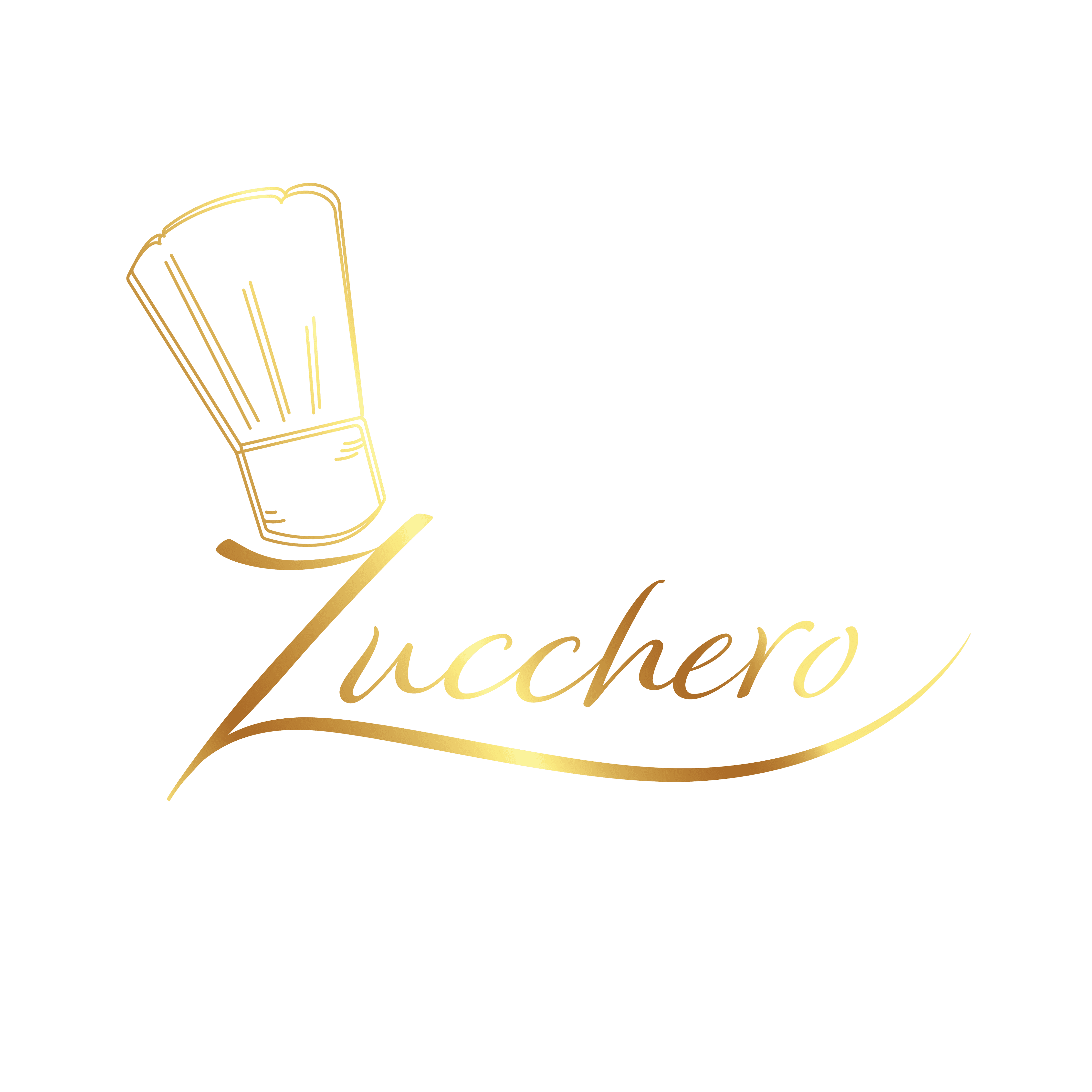
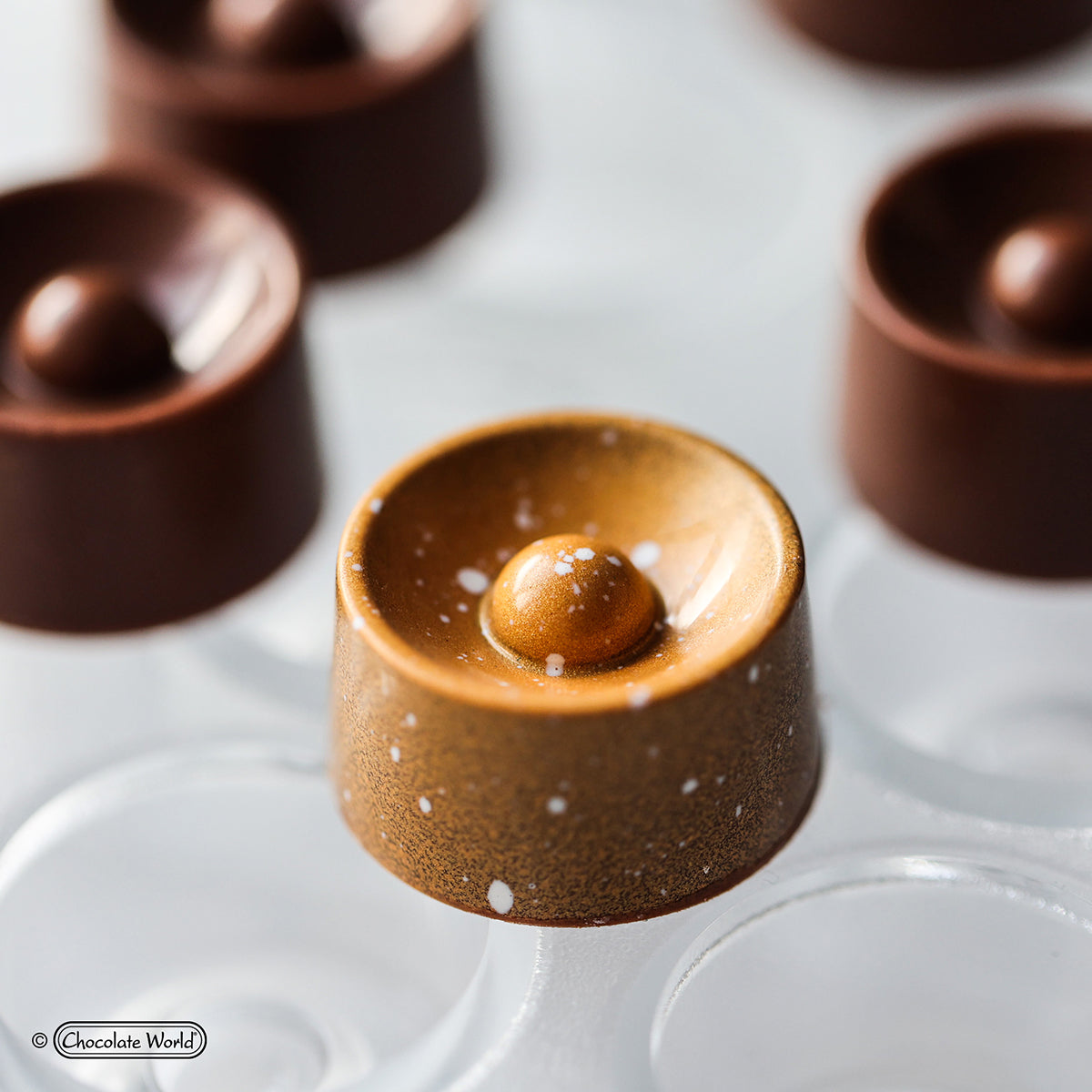
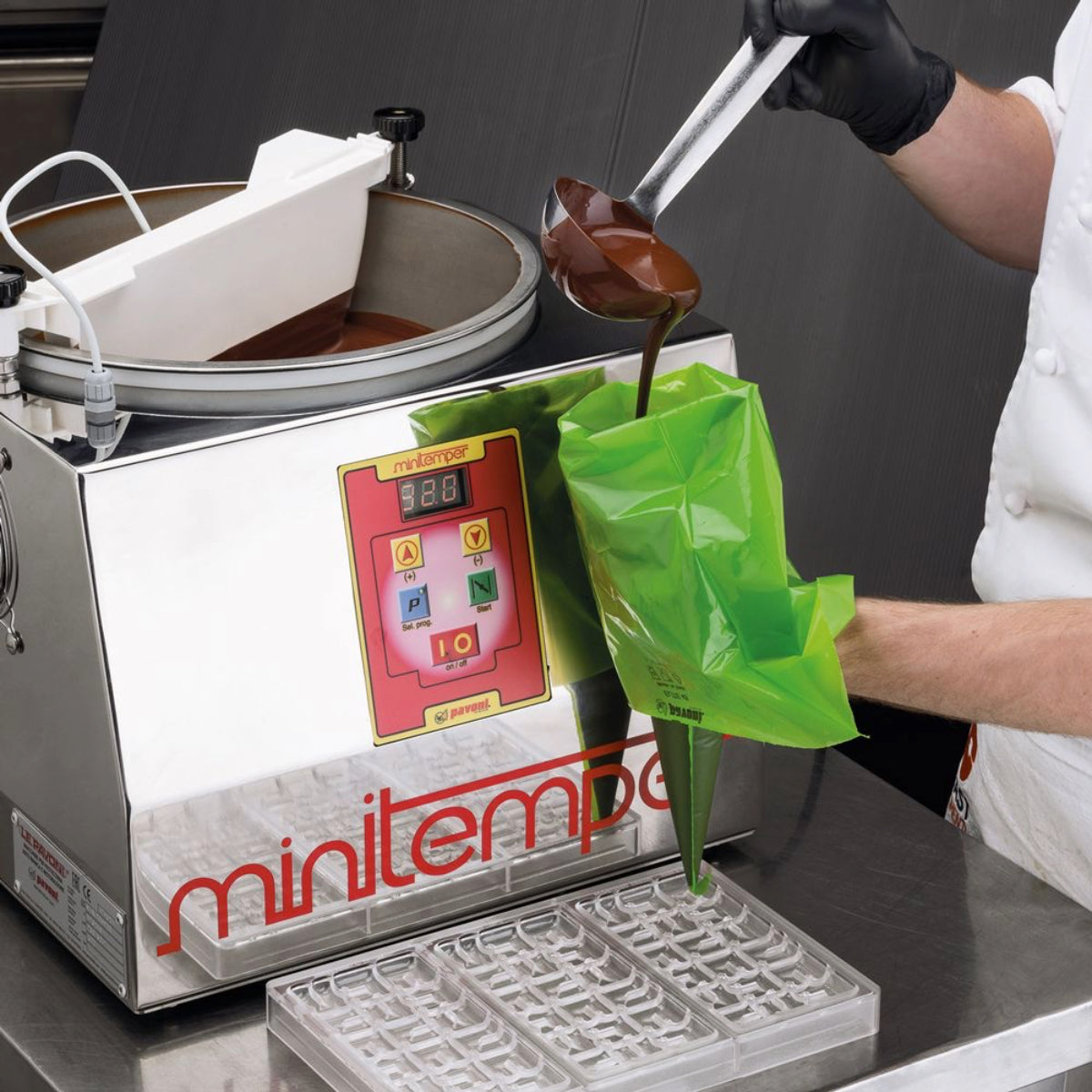
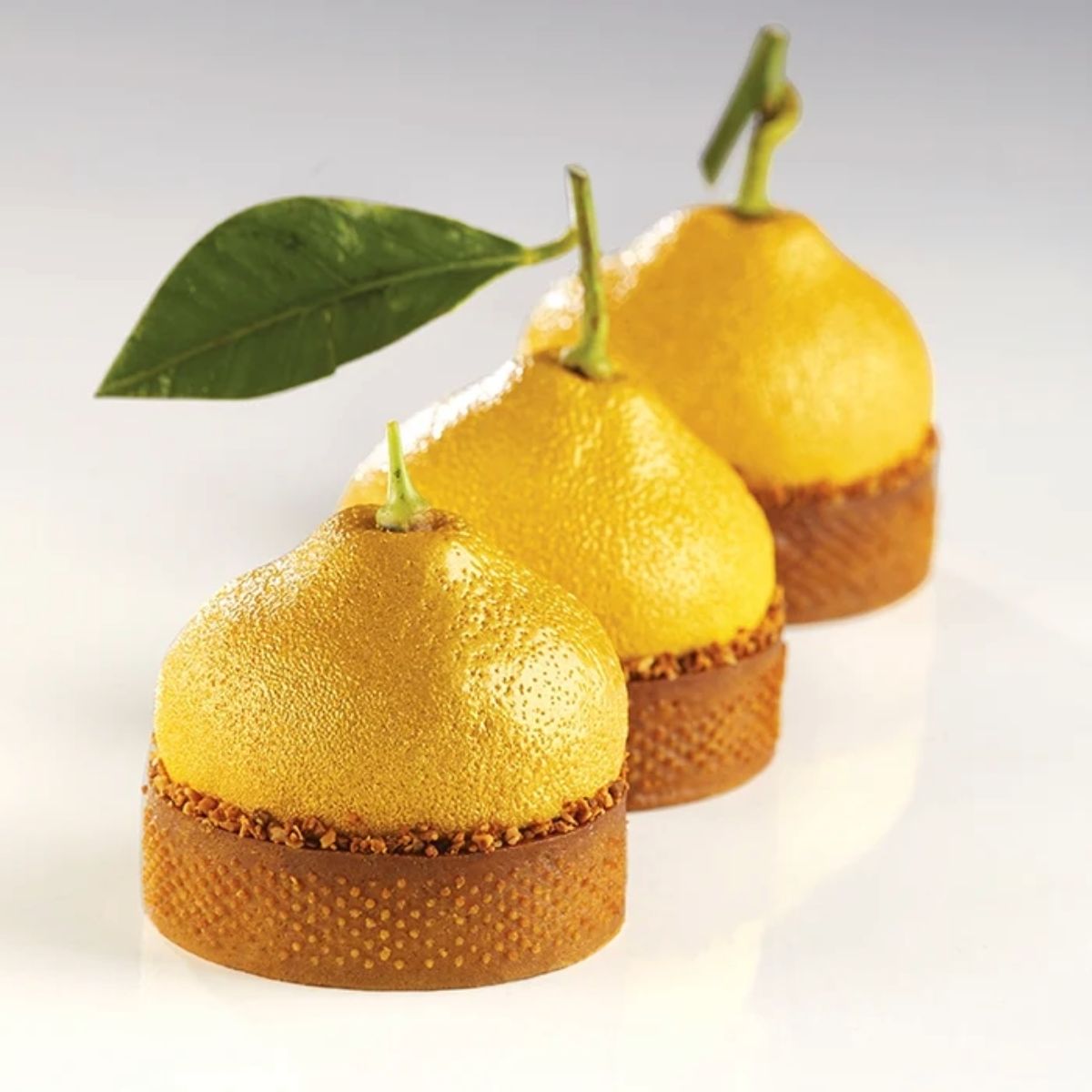
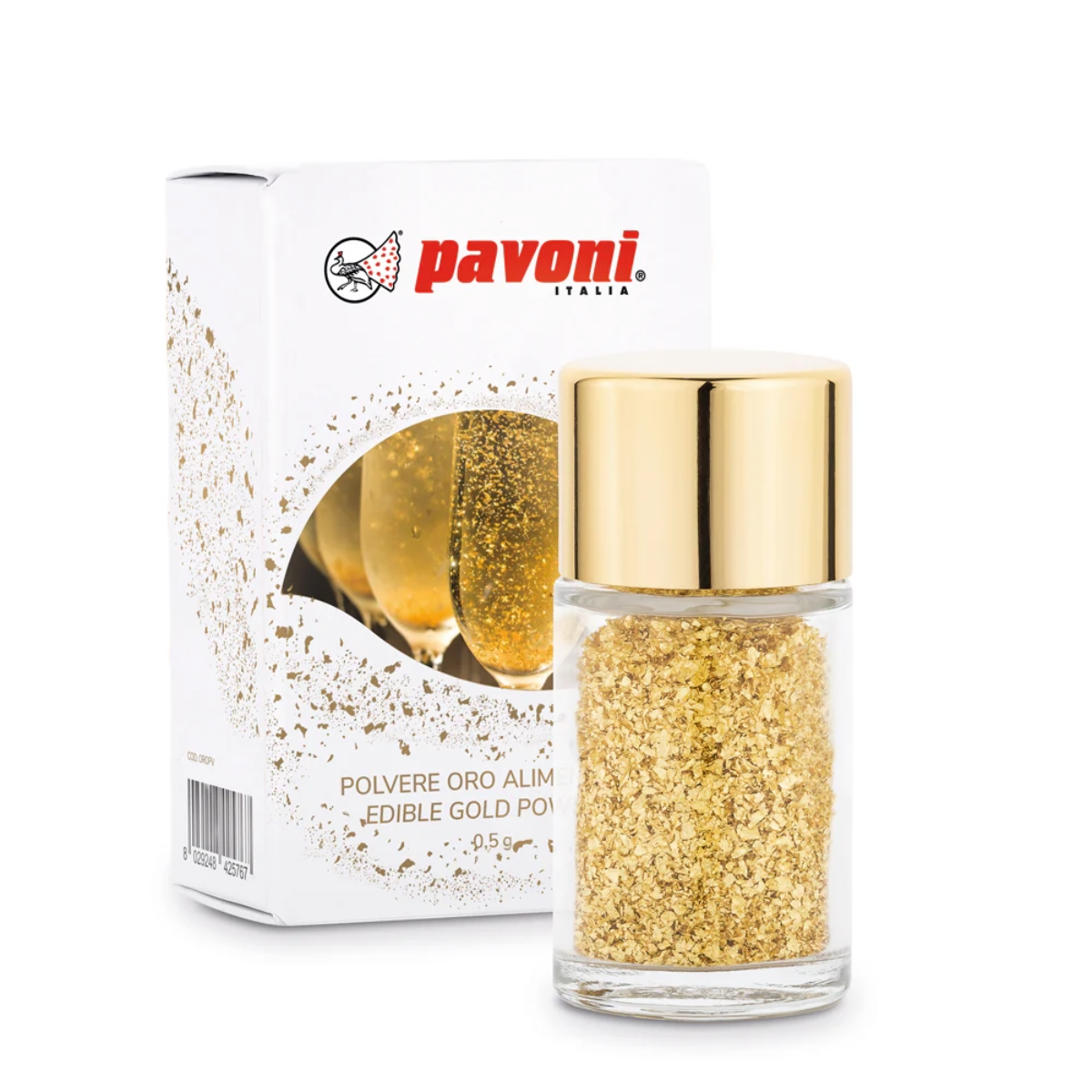

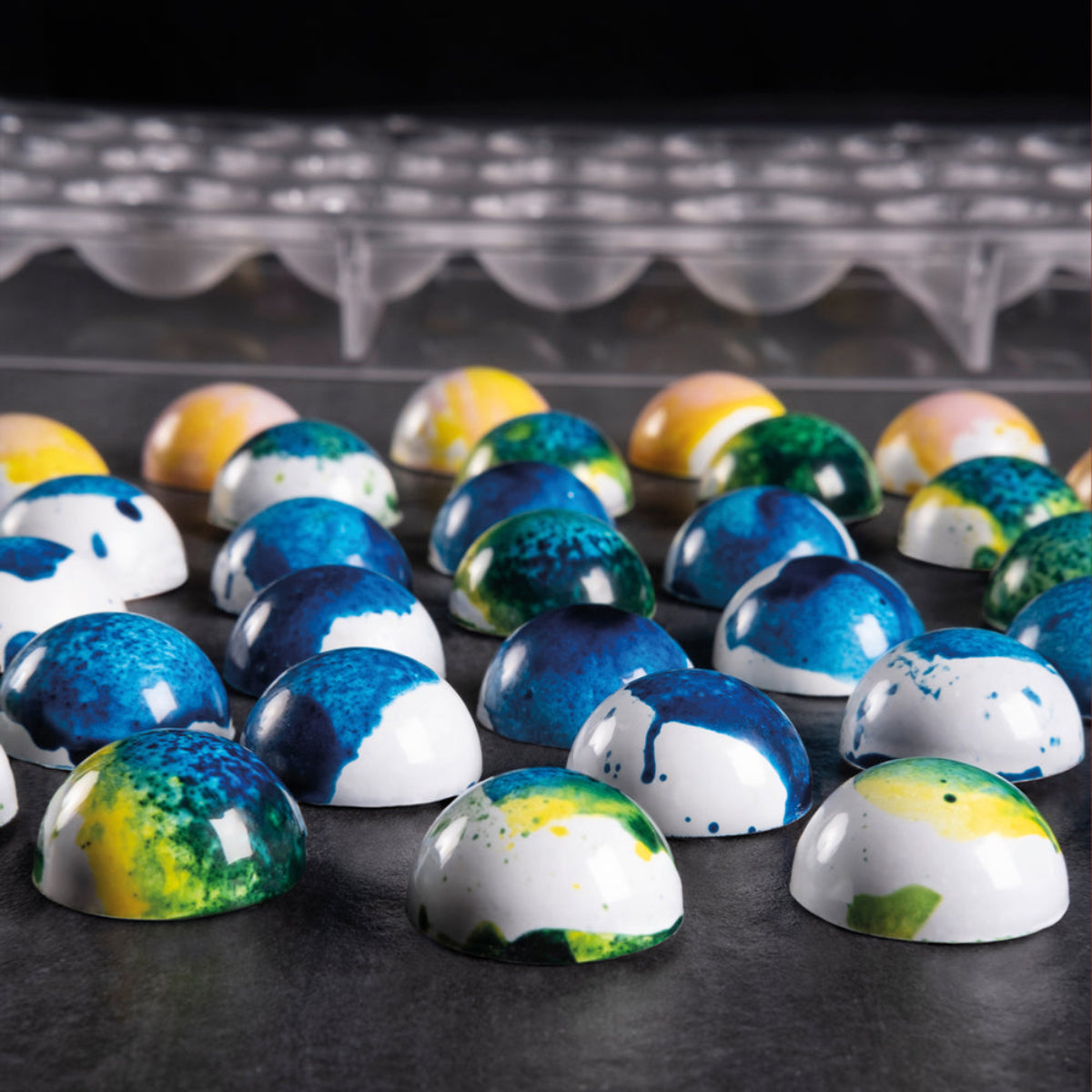



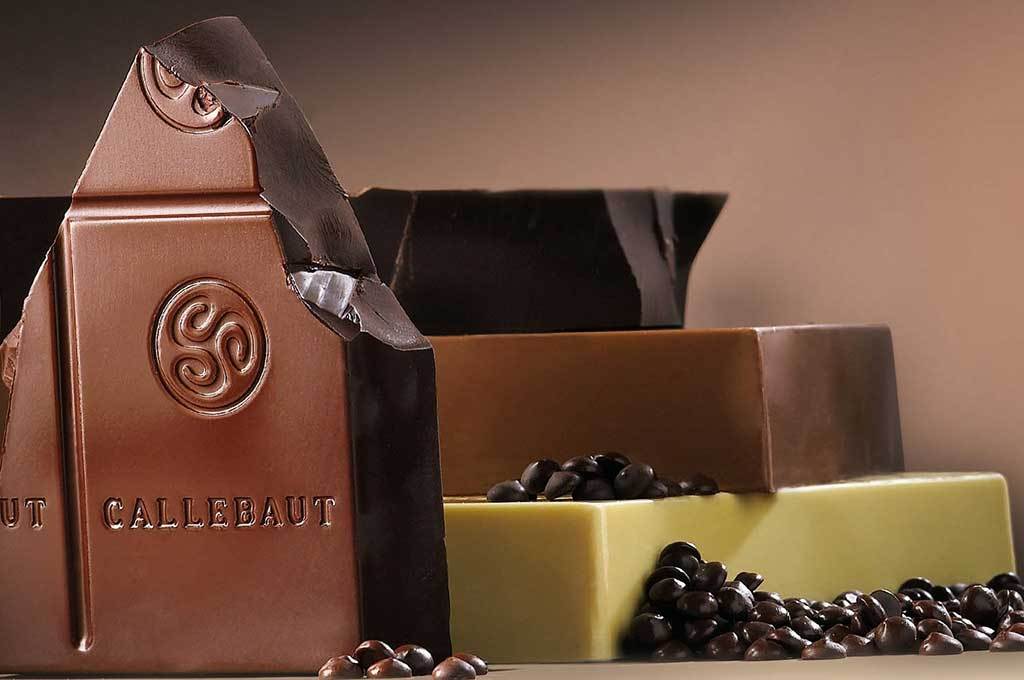

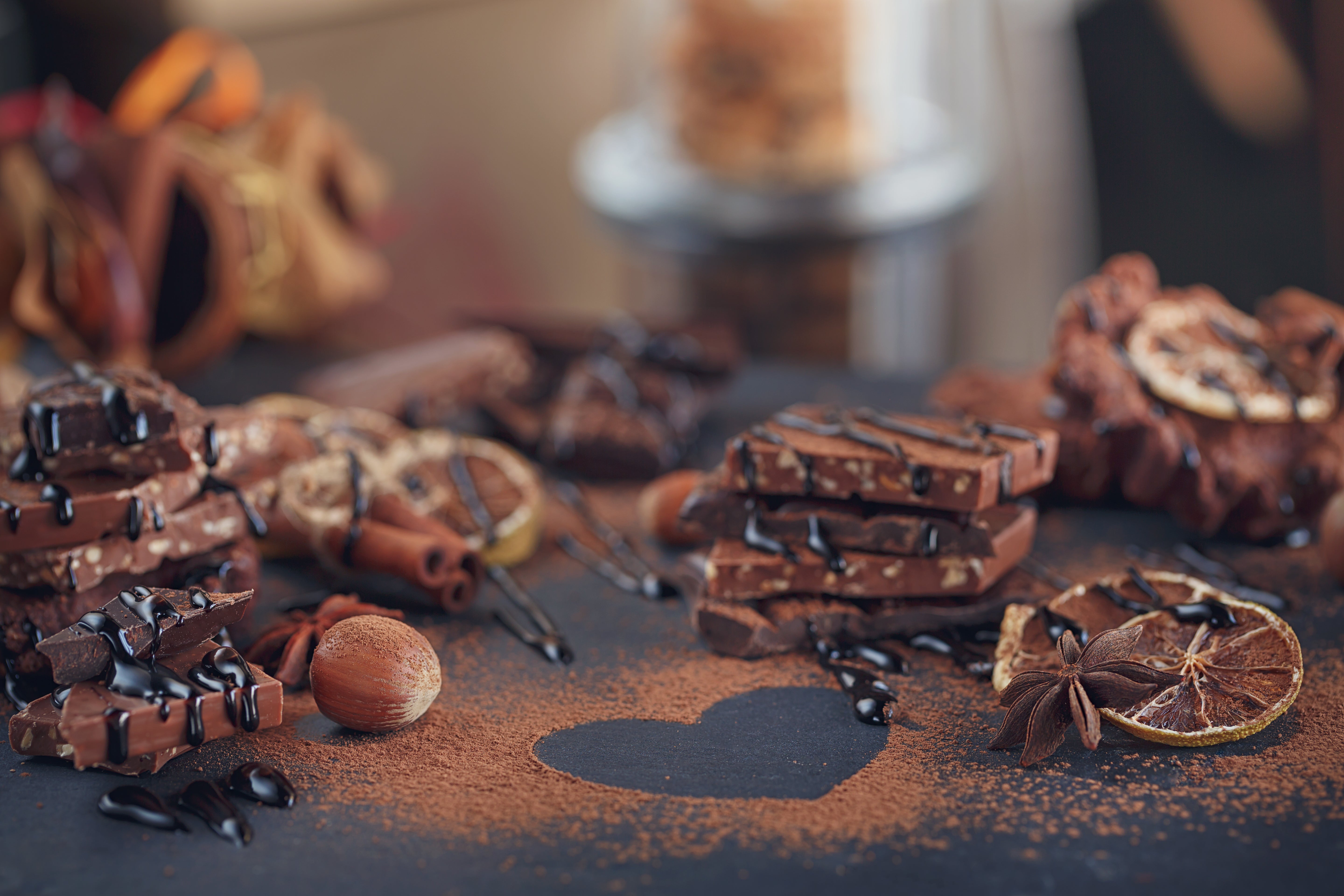


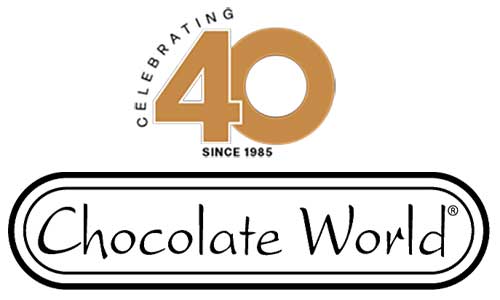

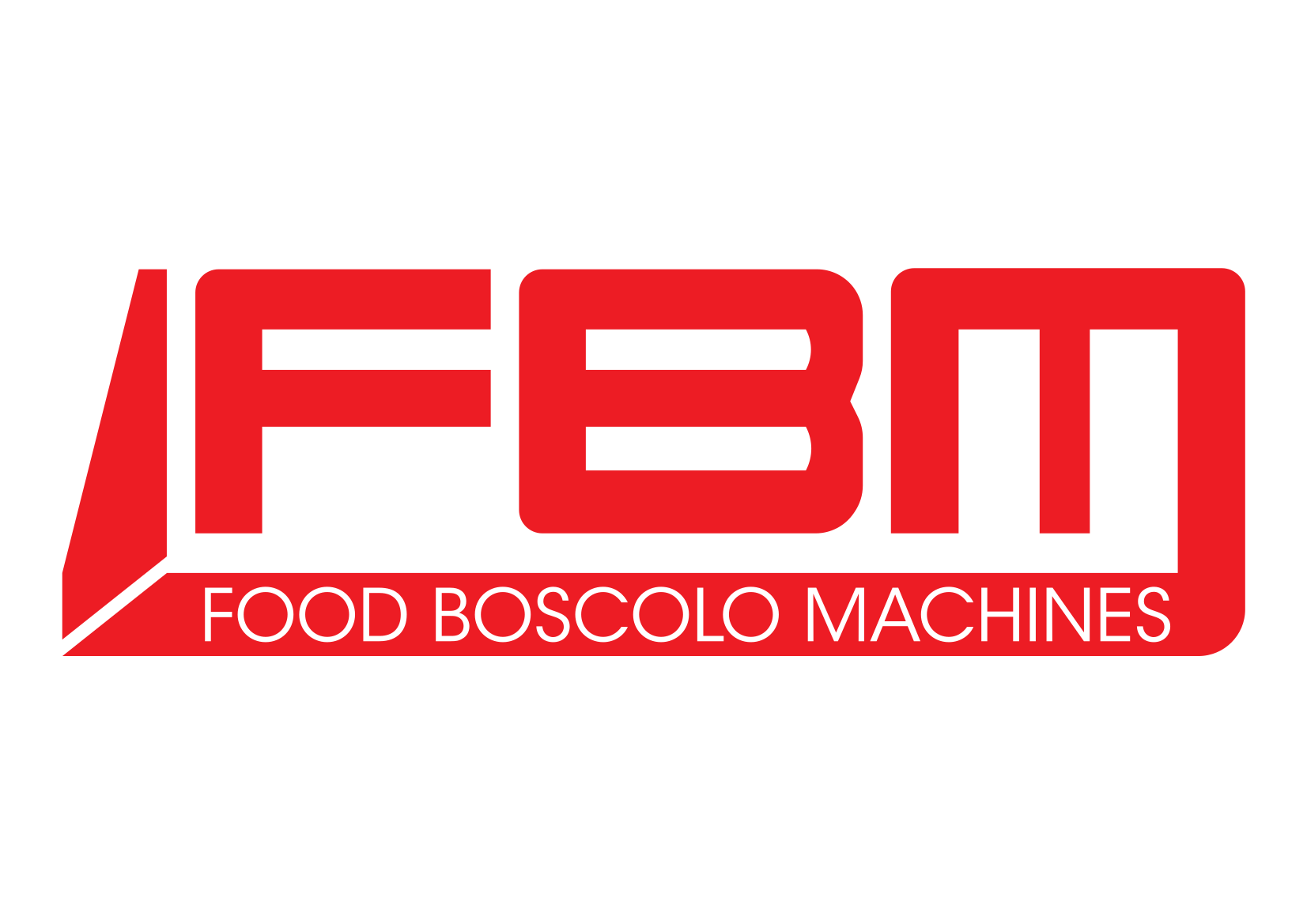
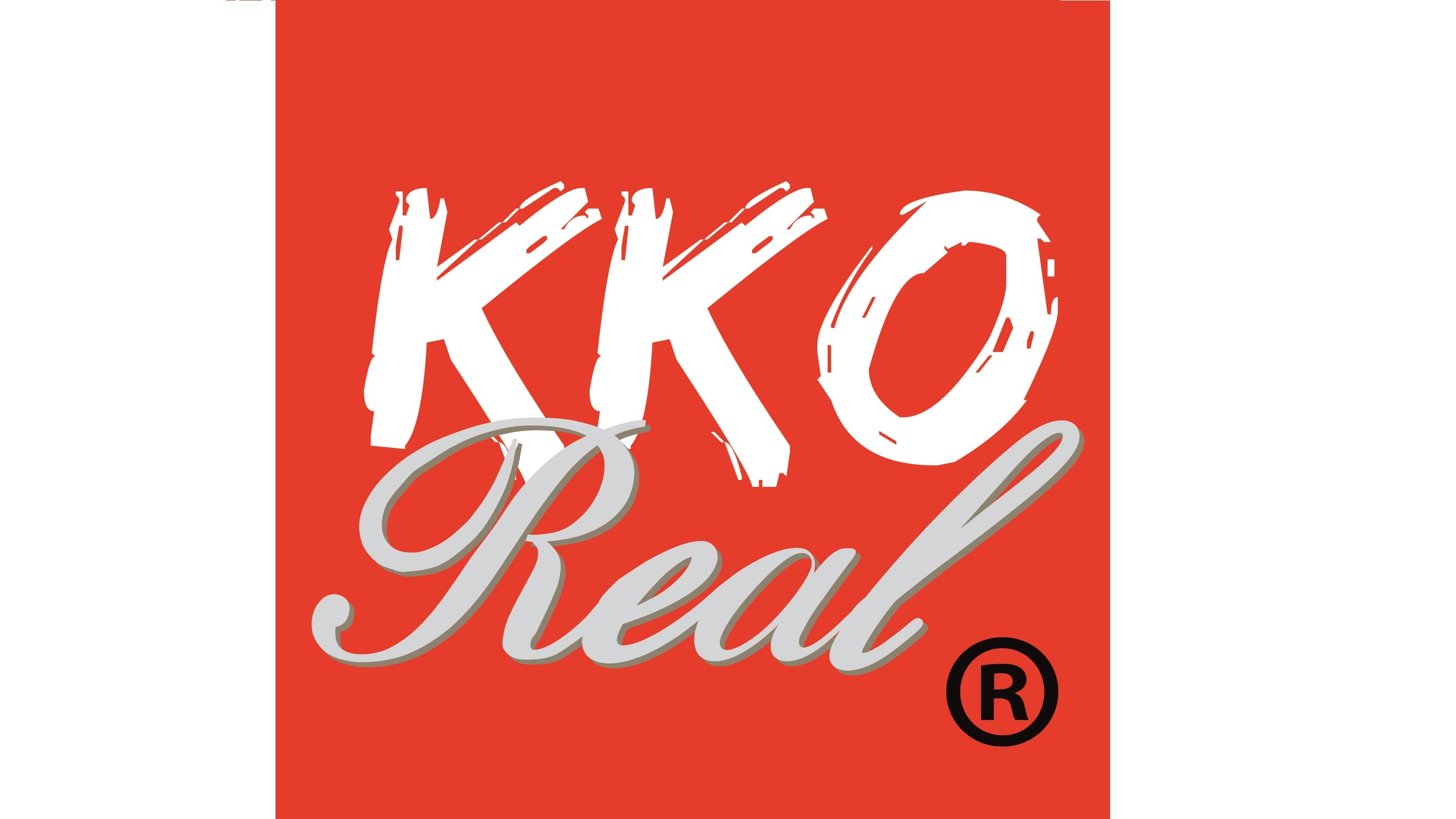

















Laisser un commentaire
Tous les commentaires sont modérés avant d'être publiés.
Ce site est protégé par hCaptcha, et la Politique de confidentialité et les Conditions de service de hCaptcha s’appliquent.